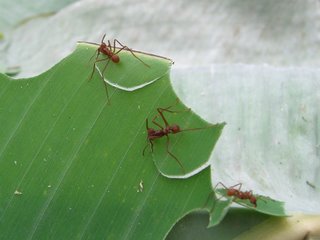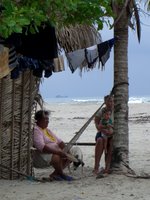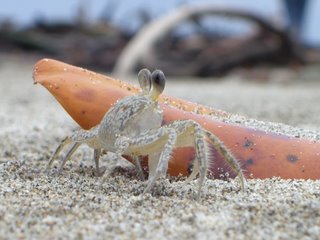One of the big bilingual schools in Tegus has a teacher conference every year and bilingual schools from all over the counrty show up and Honduras teachers get to see just how bad these conferences can be. As far as they go, though, this one wasn't so bad. Friday and Satuday we took over the Marriot Hotel, and except for the Lenca artwork and the view out the windows, we could have been anywhere in middle America.
Middle. Not central.
The Marriot was the monsterous 10 story, no window, over-air conditioned $140 per night for a single room type hotel. What is it doing in Tegus?
Surprisingly, there are several of these hotels. I stayed at one for my birthday last weekend. The Honduran Maya Hotel which is only $120 a night but we get it half price through the university and with three people it's not the end of the world. Just close. But there is a sauna and a pool and you can just slip from one to the next and watch the clouds go by and stare at the christ-like statue that overlooks the city as if we were Rio. Tegus isn't Rio, though. Not even close. So why all of these hotels?
But the conference. For me it was fun as it was the first time I've ever presented at one of these things. We played math games, nothing fancy, but I got great feedback from everyone and it was nice to meet some other teachers. And there was a coffee shop right there in the lobby with Lattes and bagels. And I got a white presenter badge instead of a yellow one. Who wants a yellow badge, right?
I was asked to present again in March at a conference in the north of the country. It's something to look forward to. San Pedro Sula is Honduras's largest city, full of textile factories and crime. I wonder what kind of hotels they have there?










